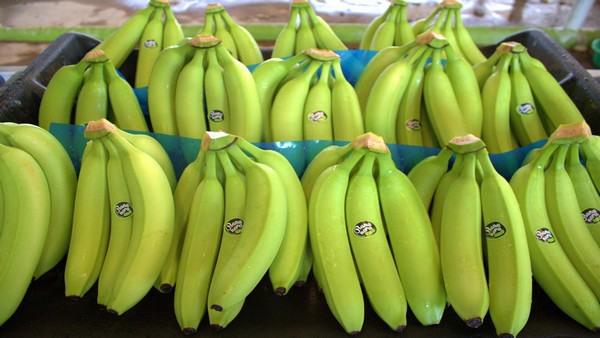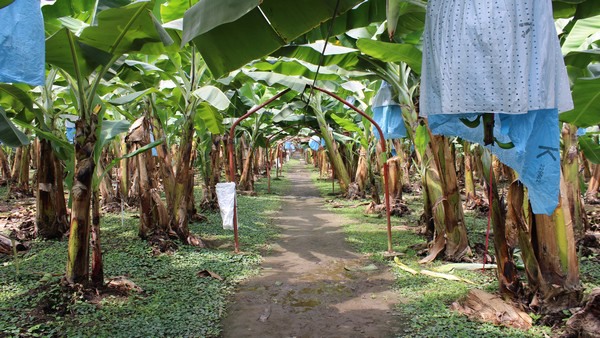Banana supplies out of Central and South America are into their annual “lull” in supplies. “We’re at a low point for the next 10 weeks and it should pick up after then and get back to normal supply levels. Then we’ll be down again in December and January,” says Andy Thomas-Stivalet of Kadivac Produce. He says while the timing of the annual lull is as per usual, things look a bit more severe this year. “We usually see a drop in supplies around 10 percent from Central and South America and right now, across the board, it’s close to maybe 20 percent.”

Currently, bananas are coming from Guatemala, Mexico and Ecuador. Costa Rica and Colombia are also shipping bananas, though those are largely destined for Europe. “There are things happening in Costa Rica with large growers there and in Colombia. The European Union is getting very strict with a lot of the limits for chemicals (pesticides, etc.) and a lot of those big growers are trying to break into the American market. It’s going to be an interesting year,” he says. It’ll likely be even more interesting come August-September when negotiations begin for annual banana contracts.
Plantains, organics and more
As for demand, it continues to slowly climb annually by two to three percent. While immigration into the U.S. has driven up demand for plantains, demand for organics has stabilized and is matching conventional banana demand. “Bananas are also still one of the cheapest fruits out there so with the economic pressures American families are facing, one of the primary fruits they’re still going for are bananas,” Thomas-Stivalet says. “A year and a half ago there was a noticeable increase in demand for bananas, even though prices had gone up substantially everywhere across the U.S.”

As for pricing, it’s stable and Thomas-Stivalet anticipates a minimal shift from this year compared to next year, adding that pricing right now is almost the same, possibly up to five percent higher in some regions. Meanwhile, production costs continue to be under pressure. “The currencies of growers are getting stronger relative to the dollar--the peso is almost 30 percent stronger than last year and that makes things very interesting for a lot of growers with international operations,” he says. “So more and more, the American market is not as attractive as it used to be.”
 For more information:
For more information:
Andy Thomas-Stivalet
Kadivac Produce
Tel: (+52) 962-625-3303
[email protected]
https://www.kavidac.com/










